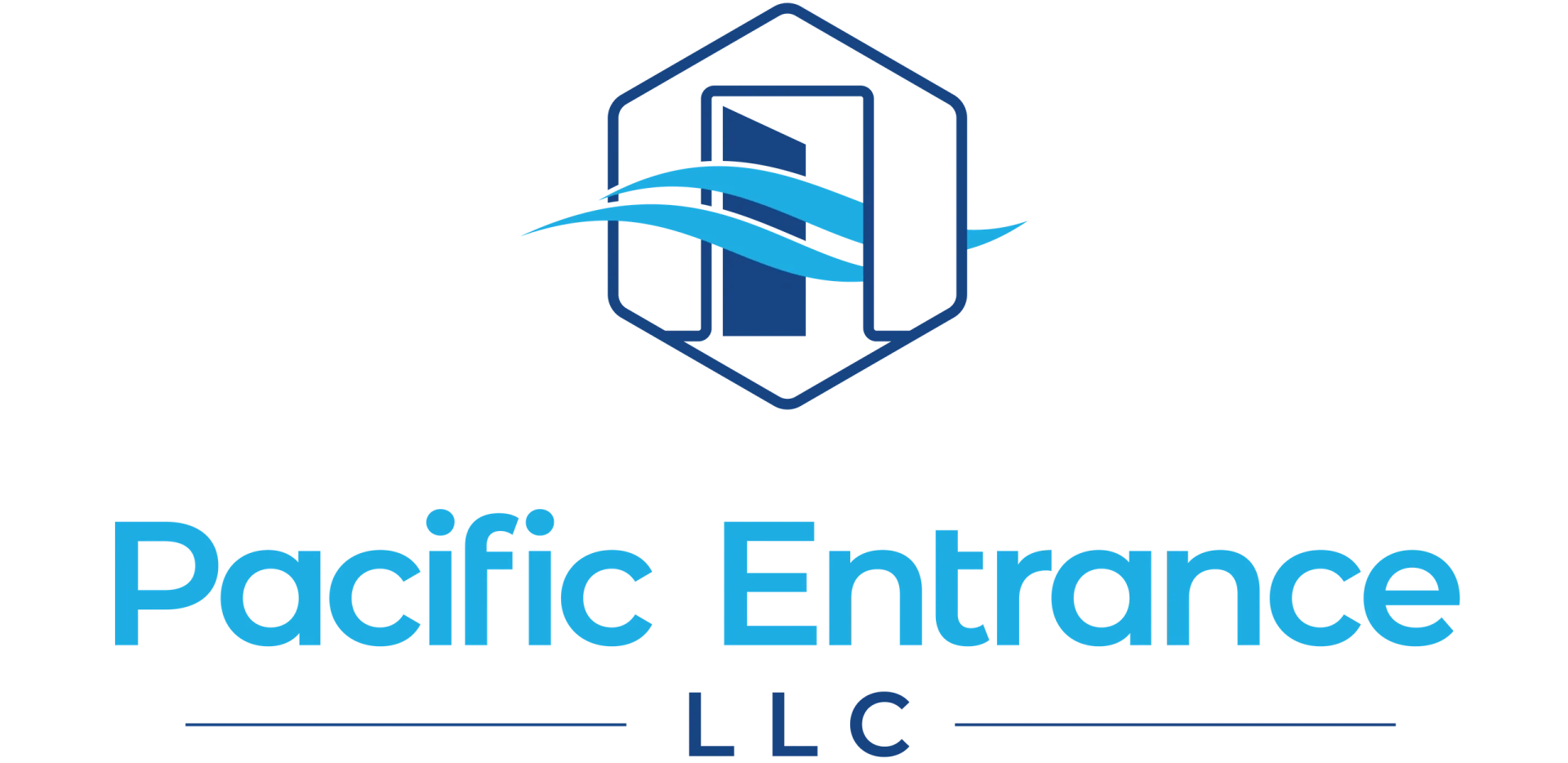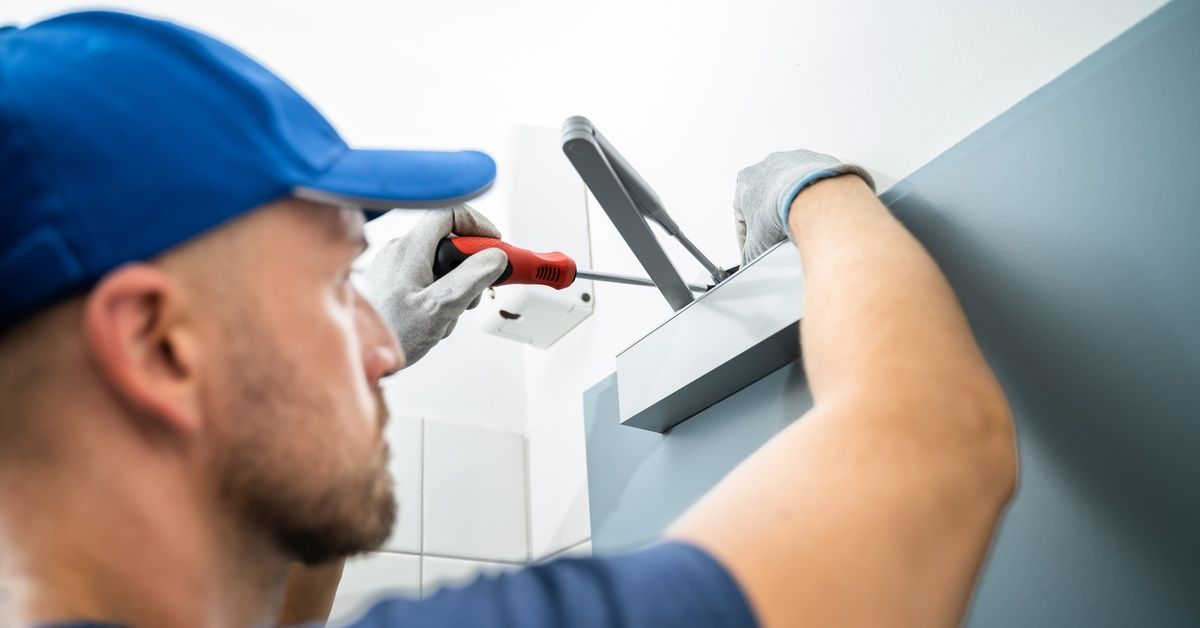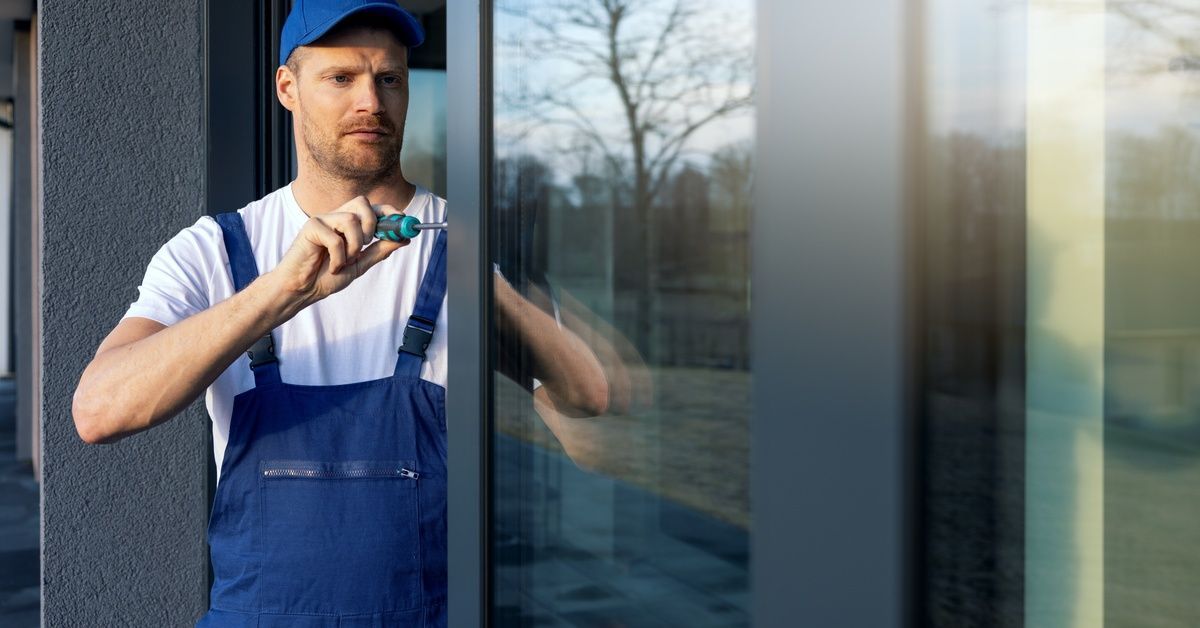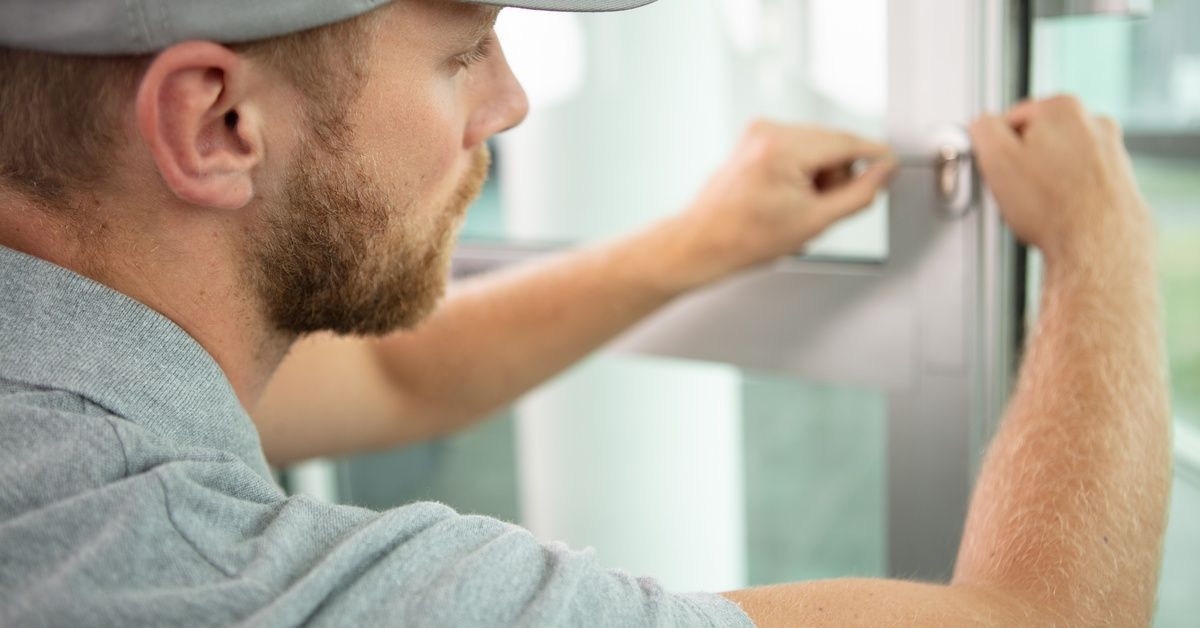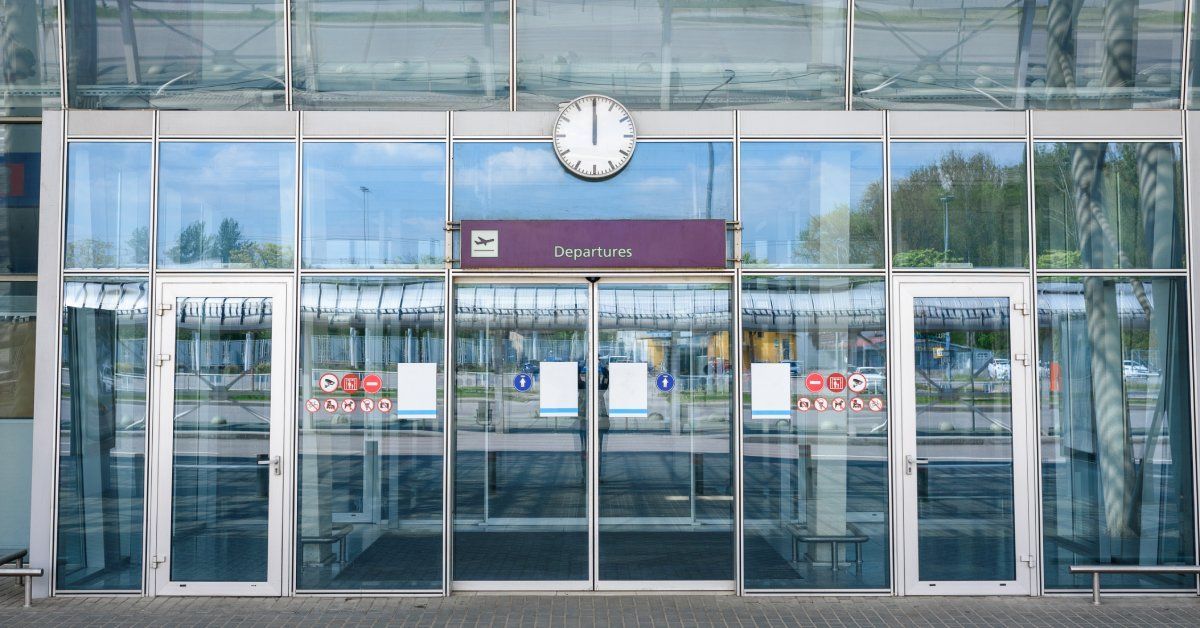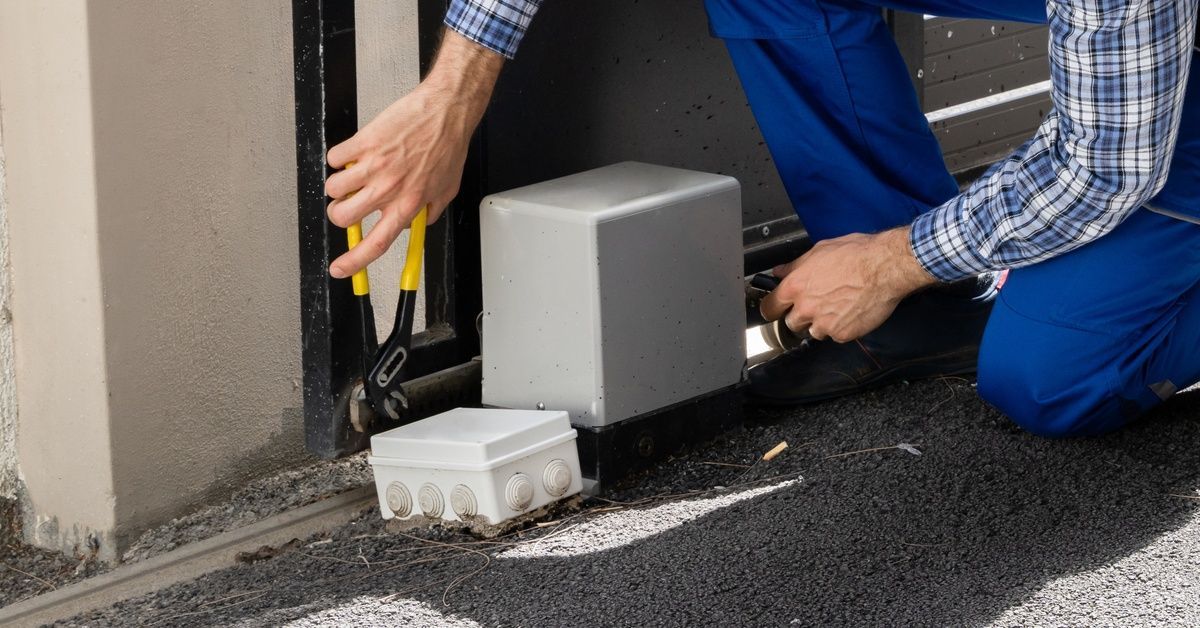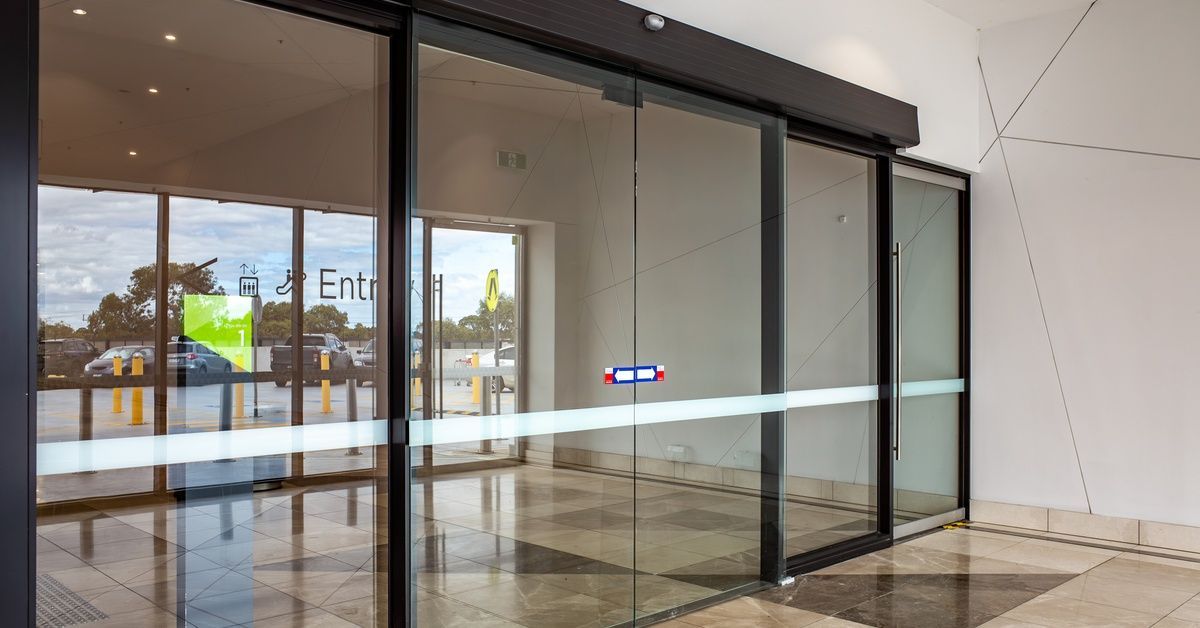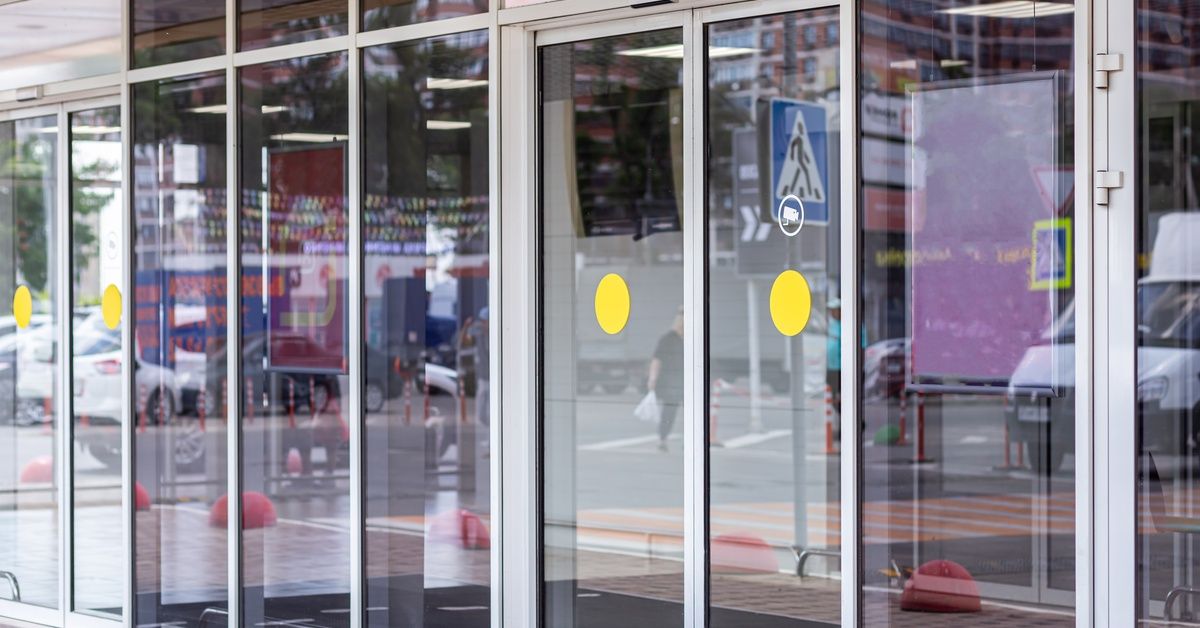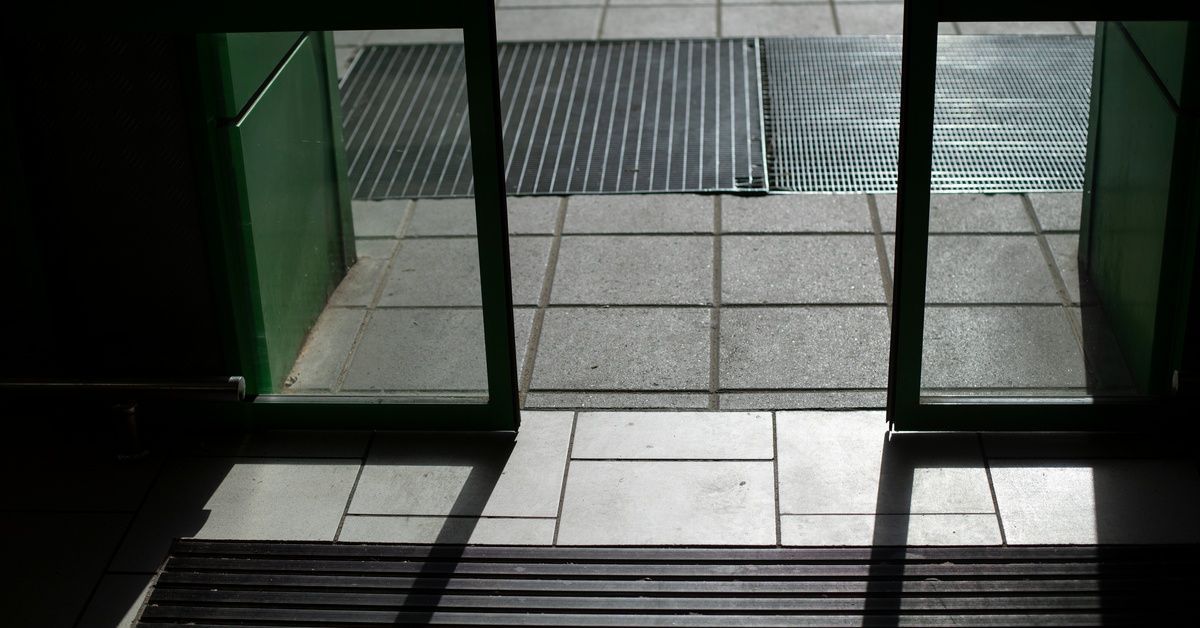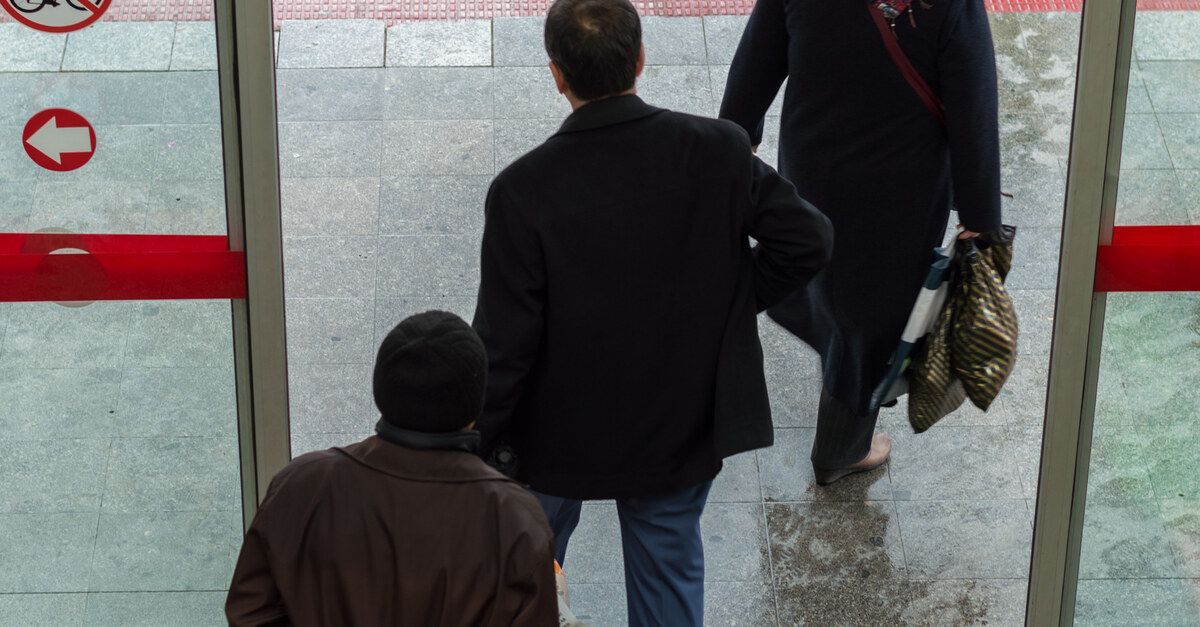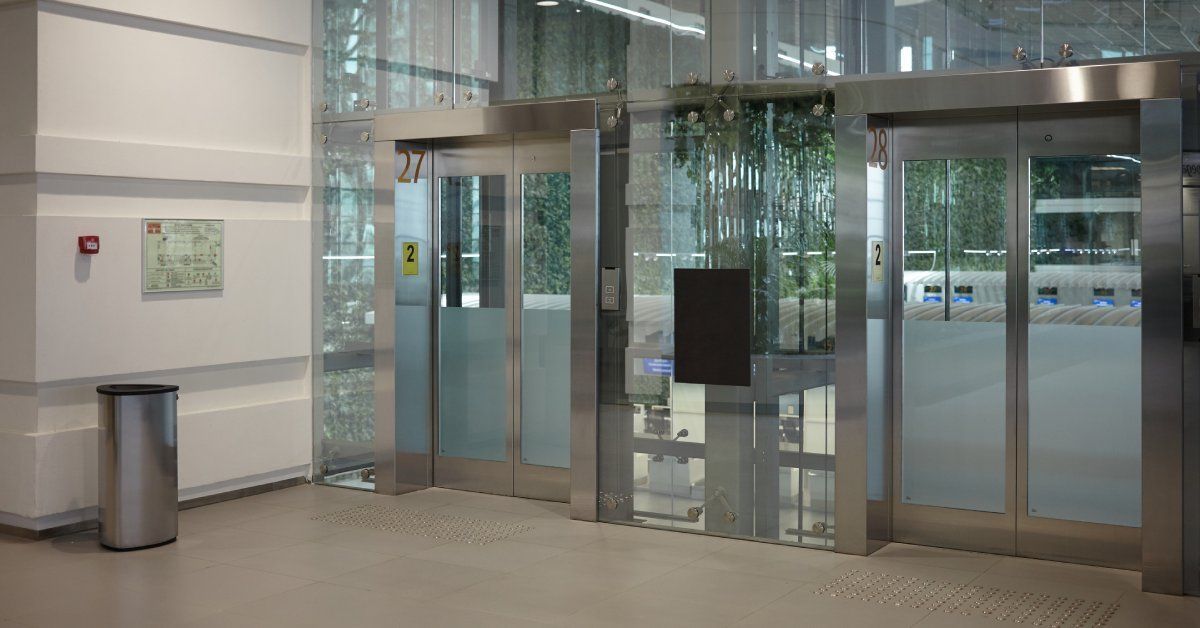5 Ways To Increase the Security of Your Sliding Door System
A great way to improve the appearance and convenience of commercial buildings is sliding doors. However, with the new adjustments, it’s always a good idea to tighten the security around the property. Additional safety measures are always a plus and help to make everyone feel more secure. Here are five ways to increase the security of your sliding door system.
Install a Lock
A heavy-duty lock will come with the original installment of the automatic door. Make sure there are at least three locks. One at the top of the door, one in the middle, and the last one at the bottom. Engage all three locks when opening and closing the building. Keep it simple and only require one key for all three locks.
Additional Motion Sensors
There are already motion sensors added near automatic sliding doors. The sensors notify the system when the doors need to open because someone is approaching. However, the sensors can sometimes be too sensitive and open because an animal approaches too closely.
Install additional sensors for the interior too. Once the patron is inside, have a double sensor that notes the presence of a person. Conduct regular maintenance on the sensors because of their sensitivity. If the sensors start to get glitchy, take too long to open, or open too often, check and see if there is a malfunction anywhere.
Install Cameras
Cameras do what motion sensors can’t: they allow the owner of the building to document everything. Install cameras on the outer and inner doors as well as the lobbies. Place them in the obvious areas, but also in places where people might try and obscure the view.
The goal is to get a clear view of the subject’s face and body type. Make sure the cameras document the time they enter and exit. Pair the cameras with the motion sensors so if one security system falls short, the other will pick it up. Here at Pacific Entrance LLC, we offer additional security for our commercial electric sliding doors that include cameras.
Tint the Glass
Tinted glass does more than discourage thieves. For starters, if they can’t see inside the building, they are less likely to attempt to break in. A guard could be waiting for them on the opposite side, and they won’t want to take that risk.
Having tinted doors also helps to strengthen the glass. The film acts as an extra barrier for the glass, making it difficult for intruders to break. Tinted windows also make windows less likely to shatter as a result of natural disasters. Having tinted windows is not 100 percent foul-proof, but tinted windows are more resistant to dents.
Add an Alarm
Having an alarm couldn’t hurt—and it may seem like overkill, but it’s not. Consider the alarm as the “just in case“ option. Incidents occur, and you can’t guarantee that they don’t. However, if someone does break through the glass, the alarm will go off to discourage them from further trespassing.
Install two types of alarms for the sliding doors: one that’s loud and another that’s silent. The silent alarm will sound when people approach the building past the normal operating hours; animals can trip this one, but it will still notify you. The loud alarm is for when someone breaches the building’s parameters.
Increase the security of your sliding door system and keep your property safe. For more information, visit our website.
